There are some myths about Taj Mahal that people really believe to be true. It is quite natural for one of the most iconic buildings in the world to have some folk fare and legends attached. However, the myths about Taj Mahal are usually considered to be historical facts by a significant number of people. That makes it equally important for us to debunk those myths, long been held as facts.
1. Shah Jahan cut off the hands of the Taj Mahal’s architect and workers after the structure was completed, to ensure they would never build another of its kind.
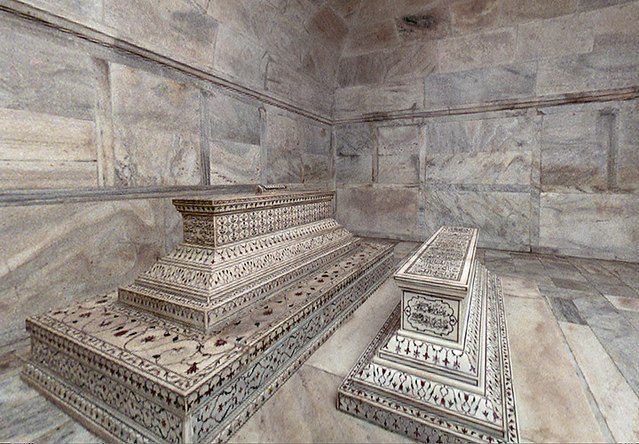
There is simply no evidence for claims that support the story of deaths, dismemberments, and mutilations which Shah Jahan supposedly inflicted on various architects and craftsmen associated with the tomb.
Other stories claim that those involved in construction signed contracts committing themselves to have no part in any similar design.
Notably, this claim is not unique to Taj Mahal, similar claims are made for many famous buildings and have more to do with sensationalization than presenting historical facts.
2. Shah Jahan planned to build a Black Taj Mahal
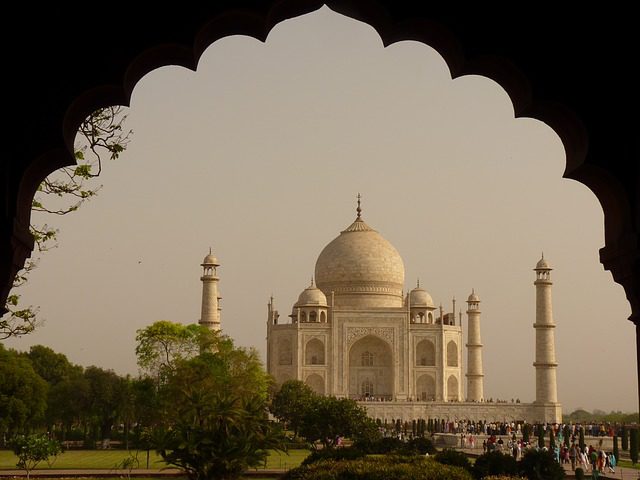
It is a popular myth that Shah Jahan planned another mausoleum to be built in black marble as a Black Taj Mahal across the Yamuna river. Ruins of blackened marble across the river in Moonlight Garden, Mahtab Bagh, seemed to support this legend.
The idea originates from fanciful writings of Jean-Baptiste Tavernier, a European traveler who visited Agra in 1665. It was suggested that his son Aurangzeb overthrew Shah Jahan in captivity before it could be built.
However, excavations carried out in the 1990s found that they were discolored white stones that had turned black.
3. A Hindu king built the Taj Mahal
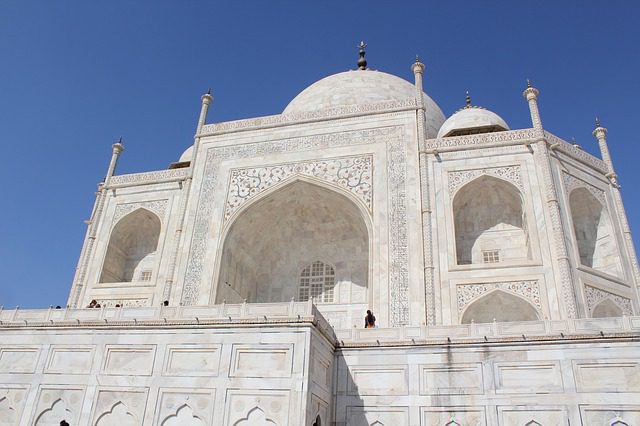
In his book, Taj Mahal: The True Story, P. N Oak claims that the Taj Mahal was originally a Shiva temple and a Rajput palace named Tejo Mahalaya seized by Shah Jahan and adopted as a tomb. In 2000, India’s Supreme Court dismissed P. N. Oak’s petition which he filed for court to accept his claim.
He argued that maybe this temple was built by Indian King Jai Singh I. He says that Mahal is a word to describe a royal palace and not a tomb and after seizure by Shah Jahan, the name was changed to Taj Mahal.
In 2005 a similar petition was dismissed by the Allahabad High Court. This case was brought by Amar Nath Mishra, a social worker, and preacher who says that the Taj Mahal was built by the Hindu King Parmar Dev in 1196.
In August 2017, Archaeological Survey of India apparently put things to rest when they said there was no evidence to suggest the monument ever housed a temple. Skeptics are skeptics for a reason, some still believe in theories but there is no evidence to support their claim.
You may also like to read about Qutub Minar
4. British Governer-General Bentick planned to demolish the Taj Mahal
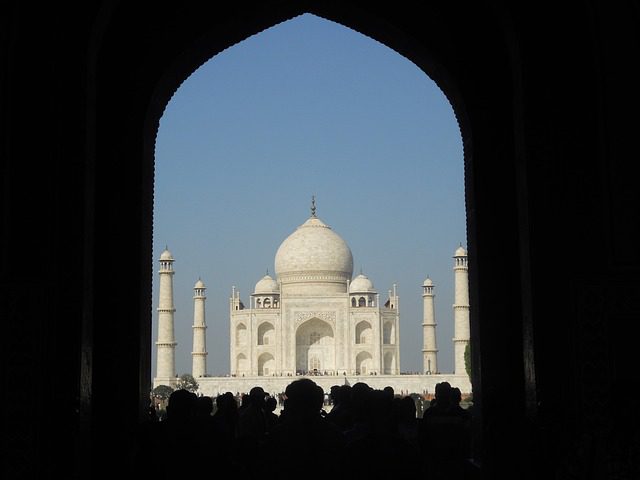
It was a popular myth about Taj Mahal believed to be true by many people during colonial rule and even today. No evidence exists for claims that Lord William Bentinck, governor-general of India in the 1830s, supposedly planned to demolish the Taj Mahal and auction off the marble.
In fact, it is Bentinck’s biographer John Rosselli who confirmed that the story arose from Bentinck’s fund-raising sale of discarded marble from Agra Fort.
You may also like to read about top 10 historical places in India
5. The myth about perfect symmetry of Taj Mahal

While it seems that Taj Mahal is built with almost perfect symmetry even creating some great optical illusions and its color appearing different during different times of day and night, there is, however, one exception.
Shah Jahan’s cenotaph is peculiarly positioned west of the central axis, throwing off the equilibrium. The odd placement has led many to believe he never meant to be buried there at all. It is a mystery that has yet to be answered.


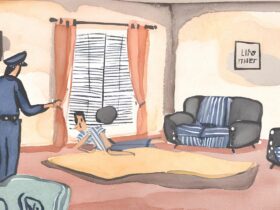


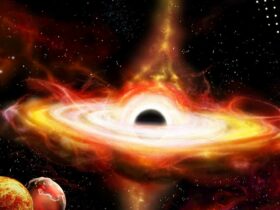
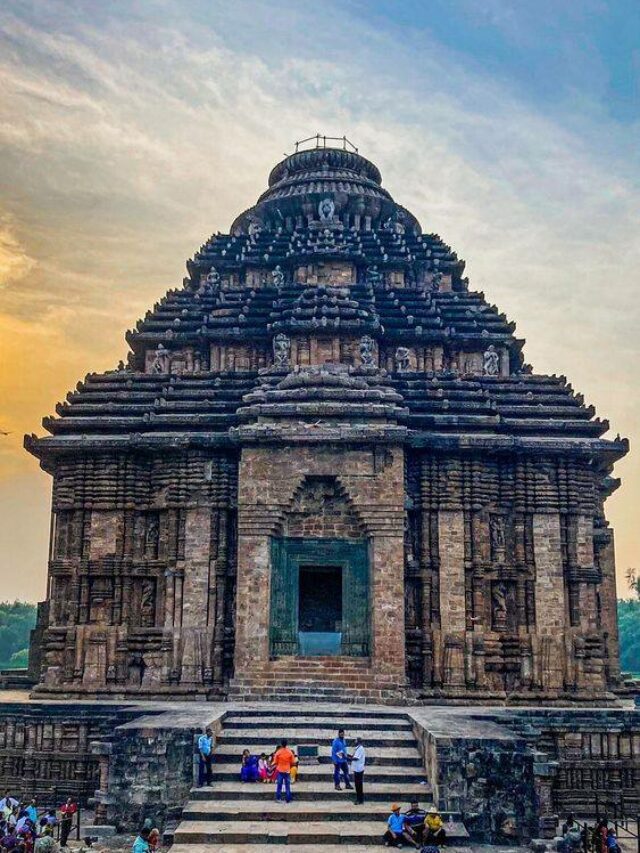



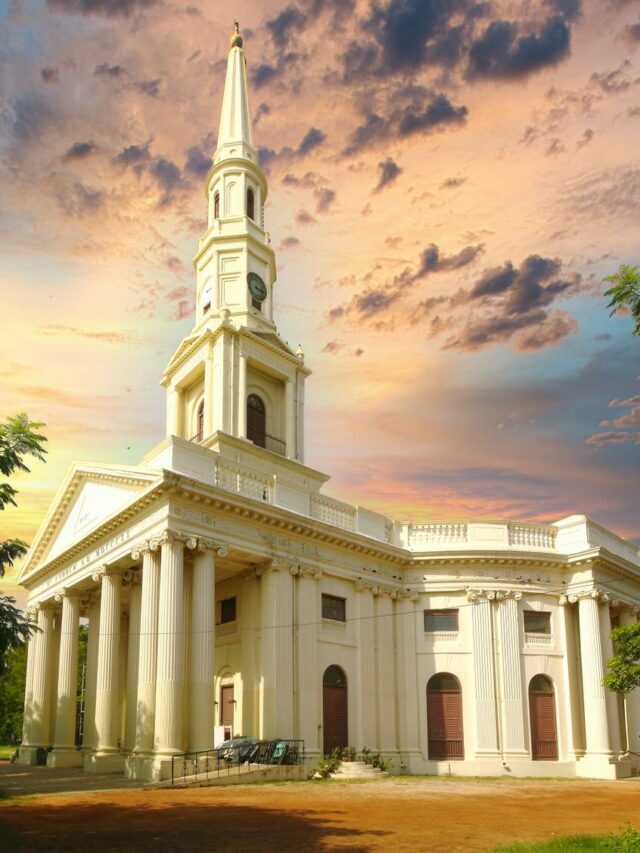
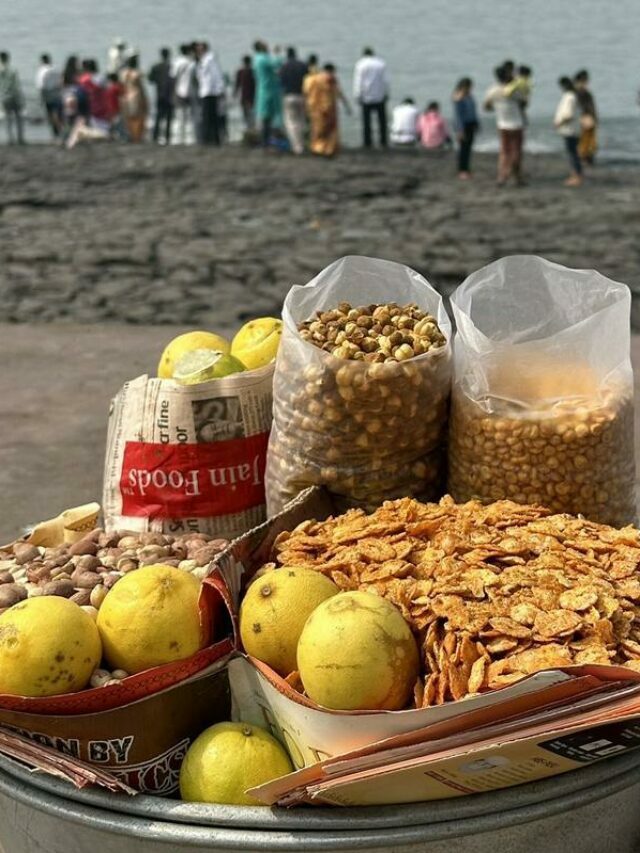

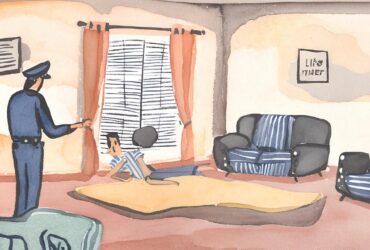

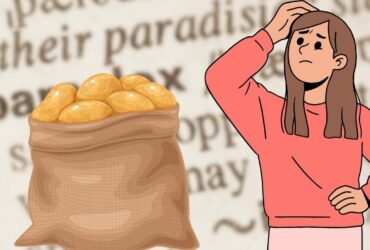
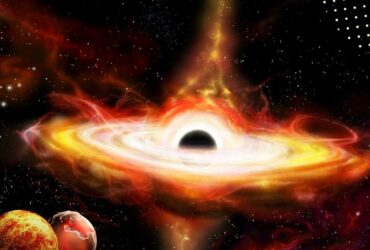





Leave a Reply